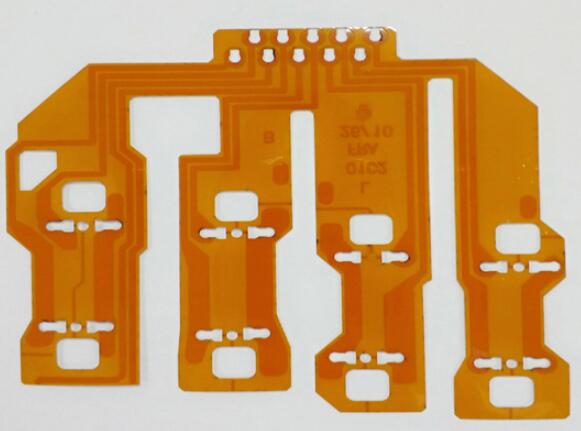
Bending is the most obvious difference between FPC and PCB, but we should keep a certain degree in the process of use, not bending at will. So what should we pay attention to when bending? Let's talk about it in detail.
1. Although FPC emphasizes that it can be bent, if 180 ° dead bending is carried out, there will still be broken wire.
2. Most of the protective layer characteristics of the ink type are not resistant to bending, so the protective ink printing area used on the FPC surface, such as text, marking, anti-welding and other areas, is strictly prohibited from bending more than 90 ° during the assembly process.
3. The junction of the covering film or reinforcing plate and the exposed area of the conductor, such as the insertion of the gold finger end, is the area of stress concentration, which is easy to cause bad doubts about the line fracture due to the stress concentration during the assembly process, and reminds the FPC user to pay attention to this phenomenon.
4. The corner of the FPC shape is also the area of stress concentration, which is prone to tear during the assembly process, reminding the user of this phenomenon.
5. The exposed part of FPC conductor shall be subject to surface coating treatment, such as gold plating/gold plating, with the focus on preventing oxidation. This area is not suitable for bending.
6. Although there is a stiffening plate design in the general gold finger insertion area, it is still not suitable for bending this area. Special attention should be paid to the assembly process of rear end components.
7. It is not allowed to bend directly on the FPC through hole to avoid doubt about reliability.

Online
Service
ConsultationTime:9:00-18:00
Hot
Line
0755-27847787
7*24H Service
Follow
Us
 Website
Website